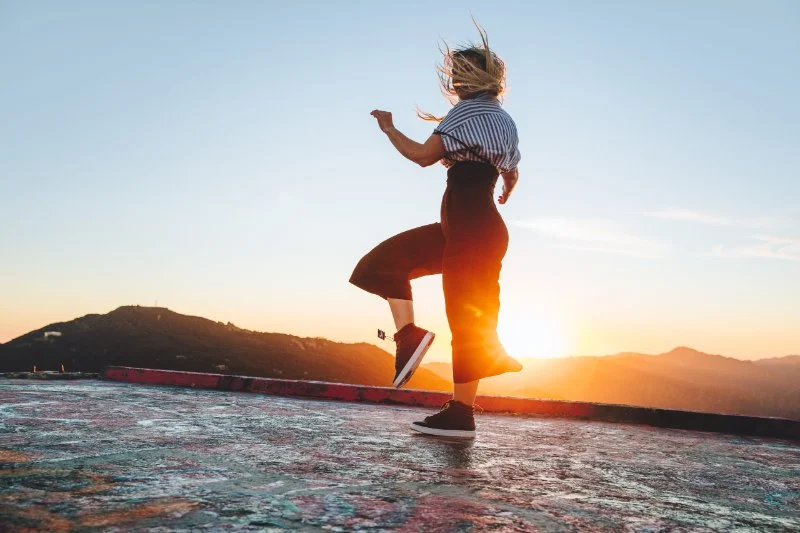
- History of Shuffle Dance
- How to Shuffle Dance: A Step-by-Step Guide
- Different Styles of Shuffle Dance
- Tips for Mastering Shuffle Dance
History of Shuffle Dance
Shuffle dance, commonly referred to as the " Melbourne Shuffle," has its roots in the rave and electronic dance music (EDM) culture of the early 1990s. Originating in Melbourne, Australia, this style of dance became popular at underground rave parties and festivals, where people danced to fast-paced electronic beats. The shuffle's defining characteristic is the rapid foot movements that resemble sliding or gliding across the dance floor.
Over time, shuffle dance spread worldwide and has influenced many other dance styles. It has evolved from a niche rave culture dance into a mainstream phenomenon, particularly in the EDM and hip-hop scenes. Thanks to social media platforms like YouTube and TikTok, shuffle dance has been popularized globally, with dancers of all skill levels sharing their moves online.
How to Shuffle Dance: A Step-by-Step Guide
If you’re new to shuffle dancing, fear not! This energetic dance is easier to learn than it seems. Here's a simple breakdown of how to get started with the basics:
1. The Running Man
The Running Man is the core move of shuffle dancing. To perform it, you need to:
- Step your right foot back, bringing your left foot forward.
- While your left foot is forward, slide the right foot back while bending the knee.
- Switch your feet by stepping forward with your right foot and pulling your left foot back.
- Repeat this movement rhythmically to create the illusion of running in place.
2. The T-Step
The T-Step is another essential move. Here’s how to do it:
- Stand with your feet about shoulder-width apart.
- Lift your left foot and slide it outward, while your right foot remains planted.
- Bring your left foot back to the center and repeat with the right foot.
- Alternate the feet as you continue to glide across the floor.
Once you’ve mastered the Running Man and T-Step, combine them together to get that signature shuffle movement. Practice with music that has a consistent beat to help synchronize your footwork to the rhythm.
Different Styles of Shuffle Dance
Shuffle dance has evolved significantly over the years, and now there are several different styles that have developed. Some of the most popular styles include:
1. Melbourne Shuffle
The original shuffle style that emerged from Melbourne, Australia, it’s characterized by quick foot movements like running in place combined with intricate slides and pivots. This style remains the most well-known and widely practiced version of shuffle dance.
2. Euro Shuffle
The Euro Shuffle is an upbeat variation that incorporates more dramatic arm movements and a faster pace. Often seen in European dance clubs, this style is marked by its energetic and flashy footwork that matches the high tempo of Euro dance music.
3. Hardstyle Shuffle
Hardstyle shuffle is a newer and more aggressive variation, inspired by hardstyle music, which is known for its intense drops and high-energy beats. This style of shuffle has more rapid movements, heavier stomps, and an overall more powerful feel.
4. Liquid Shuffle
Liquid shuffle incorporates fluid and smooth movements that emphasize gracefulness over speed. The footwork is less rigid, with more flowing and freeform movements that mimic liquid-like patterns on the dance floor.
Tips for Mastering Shuffle Dance
Whether you’re a beginner or looking to refine your shuffle dance skills, here are a few tips to help you improve:
1. Practice Regularly
Like any dance form, the key to mastering shuffle dance is consistent practice. Start slow, and focus on getting the basic steps right before speeding up your movements.
2. Start with the Basics
Focus on mastering the core shuffle moves, like the Running Man and T-Step, before trying to add flair or advanced steps. Once you’re comfortable with the basics, you can start to add your own style and creativity.
3. Work on Foot Speed
Shuffle dancing is all about quick and precise footwork. To improve your speed, practice with faster music and focus on your foot placement to make the movements sharp and clean.
4. Use the Right Music
Shuffle dancing is best performed to electronic dance music (EDM) with a steady, fast-paced rhythm. Listening to upbeat tracks will help you get into the groove and maintain the energy required for the dance.
5. Stay Relaxed
It’s important to stay relaxed while dancing. Tension can restrict your movements and make your footwork appear stiff. Keep your body loose and fluid to allow your feet to glide effortlessly across the floor.
By practicing the basic moves and incorporating your own style, you can become a skilled shuffle dancer and even join the global community of shufflers who share their moves online!
For more tips and tutorials on mastering dance styles, visit American Dance Academy, where you can find expert advice and classes to elevate your dance skills.
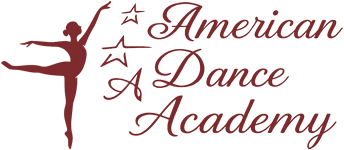
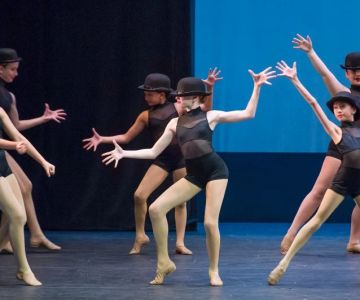
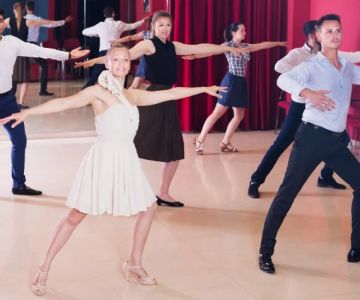
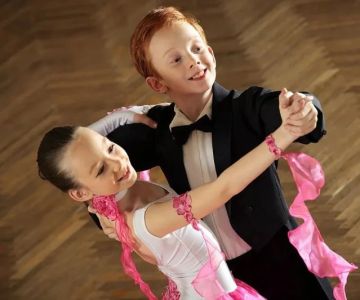

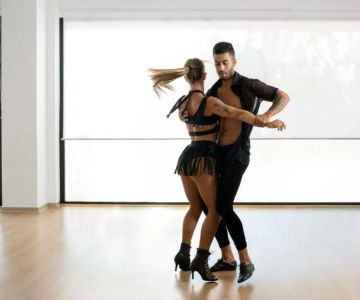
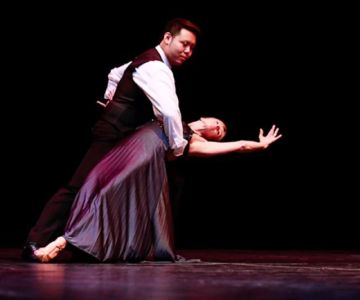
 Ecstatic Dance SF5.0 (4 reviews)
Ecstatic Dance SF5.0 (4 reviews) NY Dance Center5.0 (6 reviews)
NY Dance Center5.0 (6 reviews)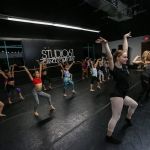 Studio 61 Dance Company5.0 (27 reviews)
Studio 61 Dance Company5.0 (27 reviews)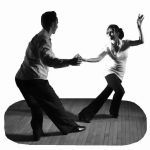 Swing Kat Entertainment5.0 (7 reviews)
Swing Kat Entertainment5.0 (7 reviews) The Bachata Experience5.0 (5 reviews)
The Bachata Experience5.0 (5 reviews) Shining Stars Dance & Baton5.0 (1 reviews)
Shining Stars Dance & Baton5.0 (1 reviews) Top 10 Hip Hop Moves Explained - Master the Best Moves for Beginners and Pros
Top 10 Hip Hop Moves Explained - Master the Best Moves for Beginners and Pros Do 6th Graders Have School Dances? What Students & Parents Should Know
Do 6th Graders Have School Dances? What Students & Parents Should Know Are There School Dances in Middle School? What to Expect and Why They Matter
Are There School Dances in Middle School? What to Expect and Why They Matter The History of Tango to Burn Calories: A Dance to Fitness
The History of Tango to Burn Calories: A Dance to Fitness Pole Dance Every Dancer Should Know: Common Mistakes to Avoid
Pole Dance Every Dancer Should Know: Common Mistakes to Avoid Did the Dance Moms Girls Go to School? Behind the Scenes of Their Education
Did the Dance Moms Girls Go to School? Behind the Scenes of Their Education